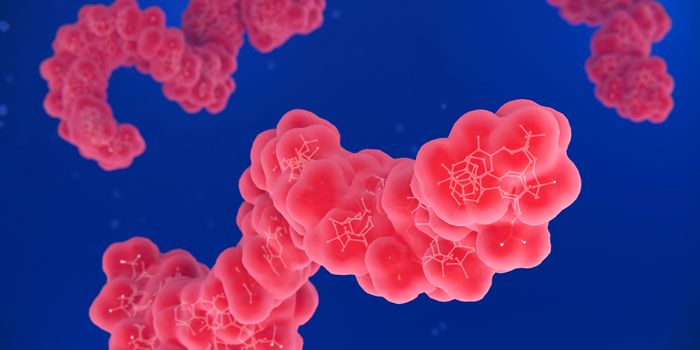Lighting a Path to an Alzheimer's Disease Treatment
Alzheimer's disease impacts millions of people around the world; globally, it is thought to cost $605 billion a year, and there is still no way to treat it. Previous research has suggested that light therapy may have some potential, however, and new work tested the impact of light pulses on a mouse model. This research, which has been reported in the Journal of Neuroscience, is linked to human trials in which people with Alzheimer's disease will be exposed to 40 Hz light and sound.
A 2016 study conducted at the Massachusetts Institute of Technology (MIT) showed that when lights flickered at 40 hertz (or beats per second), mouse brains are triggered to release certain chemicals. One of them is linked to the activation of microglia, which are immune cells in the brain that can remove a harmful buildup of amyloid-beta plaques that are a hallmark of Alzheimer's disease.
In a new study, researchers found that twenty signaling molecules called cytokines are released when these lights flicker. Protein activation assays showed that the cytokines were having a big impact on the biochemistry of cells.
"The phosphoproteins showed up first. It looked as though they were leading, and our hypothesis is that they triggered the release of the cytokines," said Georgia Tech and Emory University Assistant Professor Annabelle Singer, who was a part of the 2016 MIT study and has co-led the new research.
"Beyond cytokines that may be signaling to microglia, a number of factors that we identified have the potential to support neural health," added study co-leader Levi Wood, an assistant professor in Georgia Tech's George W. Woodruff School of Mechanical Engineering.
Alzheimer's patients appear to lose gentle, constant brain waves known as gamma waves, which often have a frequency around 40Hz. Gamma waves have been linked to working memory. When light flickered at that frequency, it appeared to prevent the brain damage that Alzheimer's causes in mice while restoring gamma waves.

This research suggests that the light stimulation links the activation of microglia and a cytokine called Macrophage Colony-Stimulating Factor (M-CSF). "M-CSF was the thing that yelled, 'microglia activation!'" Singer said.
"The vast majority of cytokines went up, some anti-inflammatory and some inflammatory, and it was a transient response," Wood said. "Often, a transient inflammatory response can promote pathogen clearance; it can promote repair."
"Generally, you think of an inflammatory response as being bad if it's chronic, and this was rapid and then dropped off, so we think that was probably beneficial," Singer added.
The light stimulation rapidly triggered a surge of cytokines. "We found an increase in cytokines after an hour of stimulation," said the first author of the new study Kristie Garza, a graduate research assistant. "We saw phosphoprotein signals after about 15 minutes of flickering."
It is still too soon to know how much stimulation will be needed for the cells to release cytokines in patients. This therapy should not be used at home yet either. Using the wrong frequency may cause damage. When the researchers also tested other frequencies, they saw different effects.
"At 20 Hz, cytokine levels were way down. That could be useful, too. There may be circumstances where you want to suppress cytokines," Singer said. "We're thinking different kinds of stimulation could potentially become a platform of tools in a variety of contexts like Parkinson's or schizophrenia. Many neurological disorders are associated with immune response."
Sources: AAAS/Eurekalert! via Georgia Institute of Technology, Journal of Neuroscience








